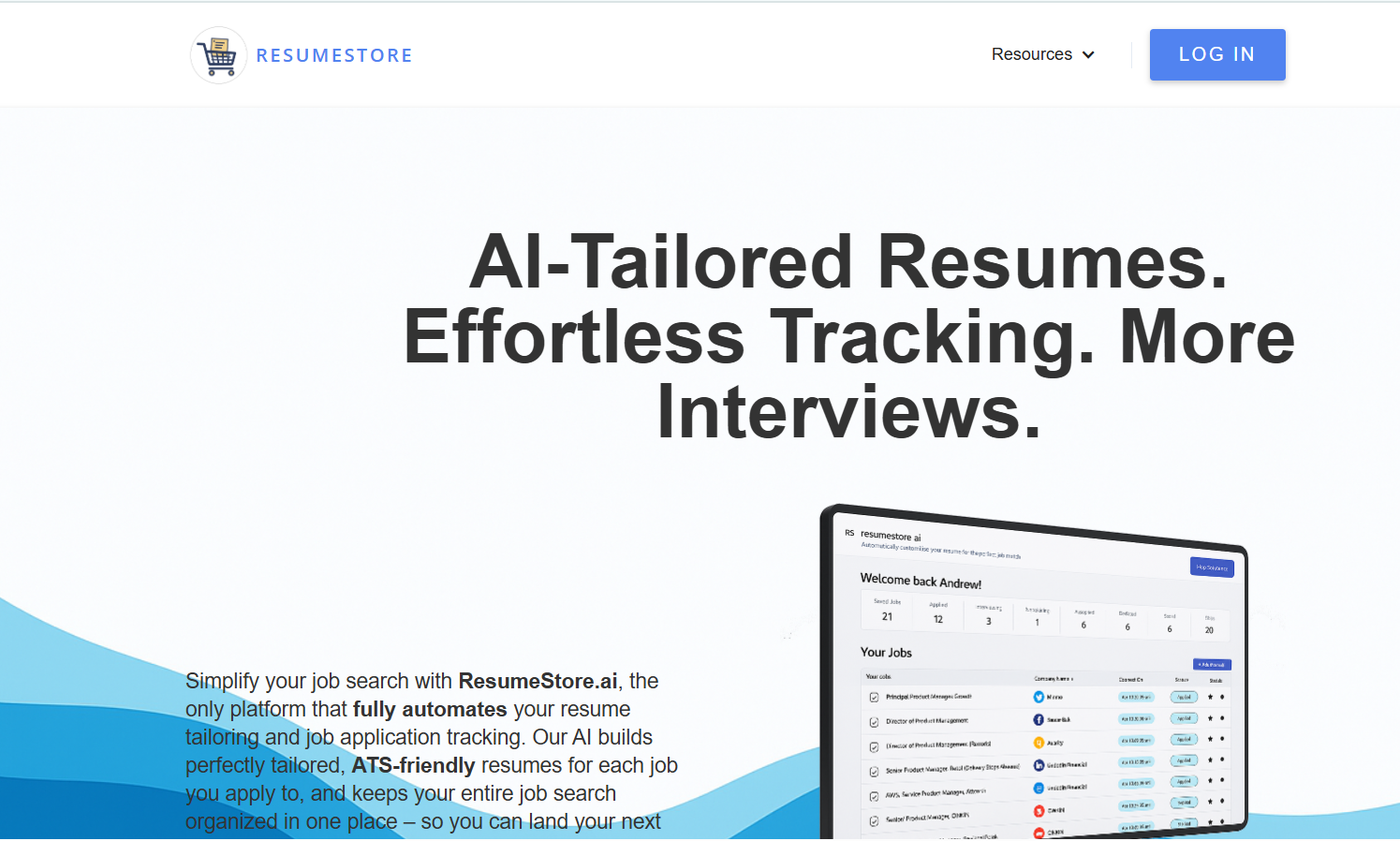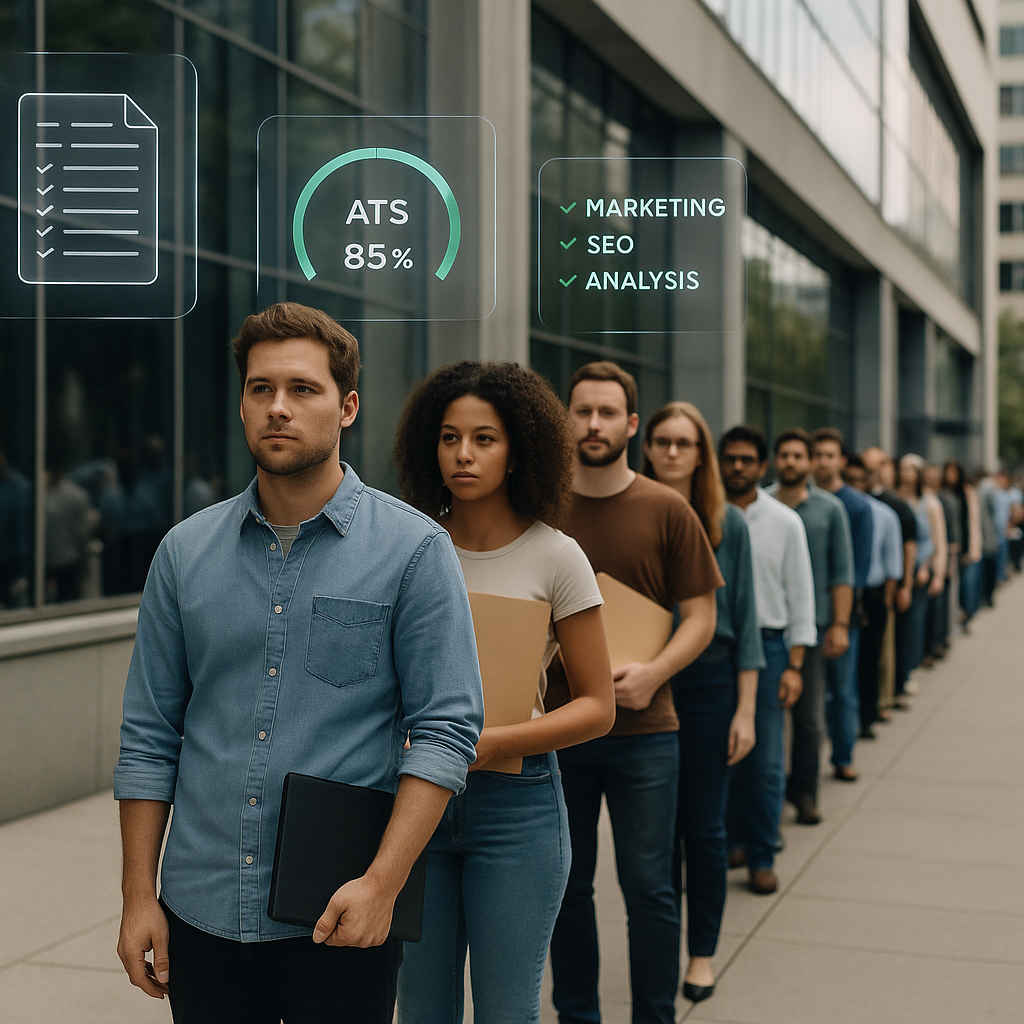How Companies Like Amazon and Deloitte Use ATS to Filter Applicants
The Invisible Wall Between You and the Job Did you know that over 75% of resumes are rejected by Applicant Tracking...

Before your resume reaches a human recruiter, it’s first scanned by an Applicant Tracking System (ATS) — a software used by companies like Amazon, Shopify, and Deloitte to filter resumes based on relevance. In 2025, over 98% of Fortune 500 companies use ATS to screen candidates. If your resume isn’t formatted and keyword-optimized for these systems, it might be rejected without a second glance — no matter how qualified you are.
An Applicant Tracking System (ATS) is a type of software used by recruiters and hiring teams to filter, organize, and rank job applications. These systems are now used by over 98% of Fortune 500 companies to streamline their hiring process.
At its core, an ATS scans resumes for relevance to a specific job description. It looks for:

The system parses the resume using natural language processing (NLP) to compare the content to the job description. Candidates are then scored or ranked based on how well their resume matches the required qualifications.
According to Jobscan, resumes that lack ATS-optimized structure and keywords are often filtered out — even if the candidate is highly qualified.
.png or .pdf with embedded fontsModern AI resume tools analyze job descriptions and tailor your resume with the exact keywords, tone, and formatting ATS systems favor. Here's how:
🔗 Explore how ResumeStore optimizes for ATS →



ATS systems exist to streamline hiring, but they’re also a wall between you and your dream job. With smart tools like ResumeStore.ai, you don’t just get past the filter — you stand out from the start. Make every keyword, bullet point, and format count.
🔗 Start Building My ATS Resume →
Expert content creator at ResumeStore, specializing in AI-powered career optimization, job market analysis, and professional growth strategies. Passionate about helping professionals leverage technology to advance their careers.

The Invisible Wall Between You and the Job Did you know that over 75% of resumes are rejected by Applicant Tracking...